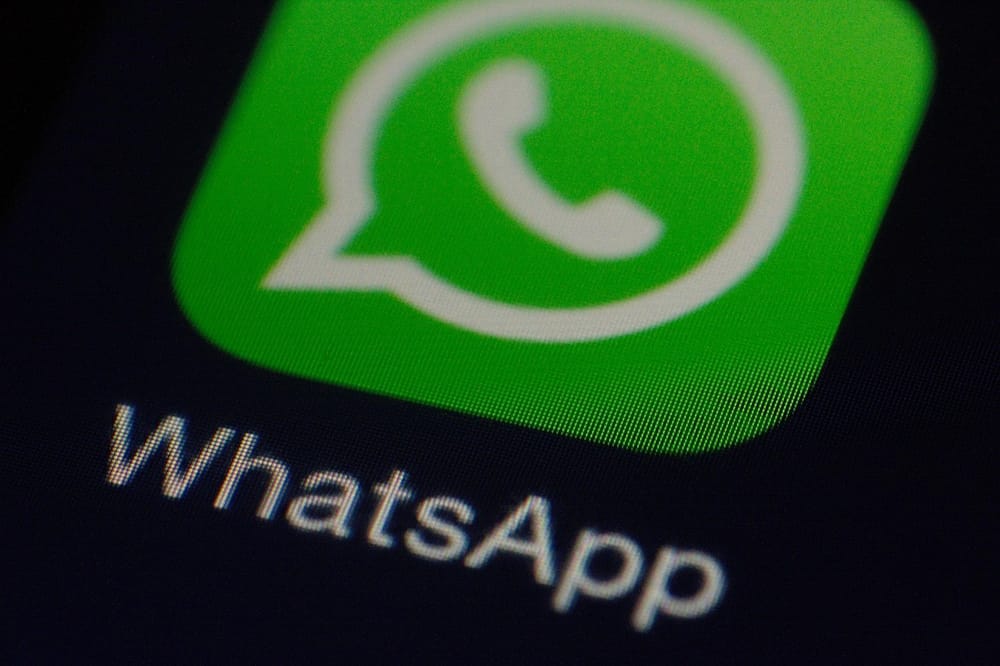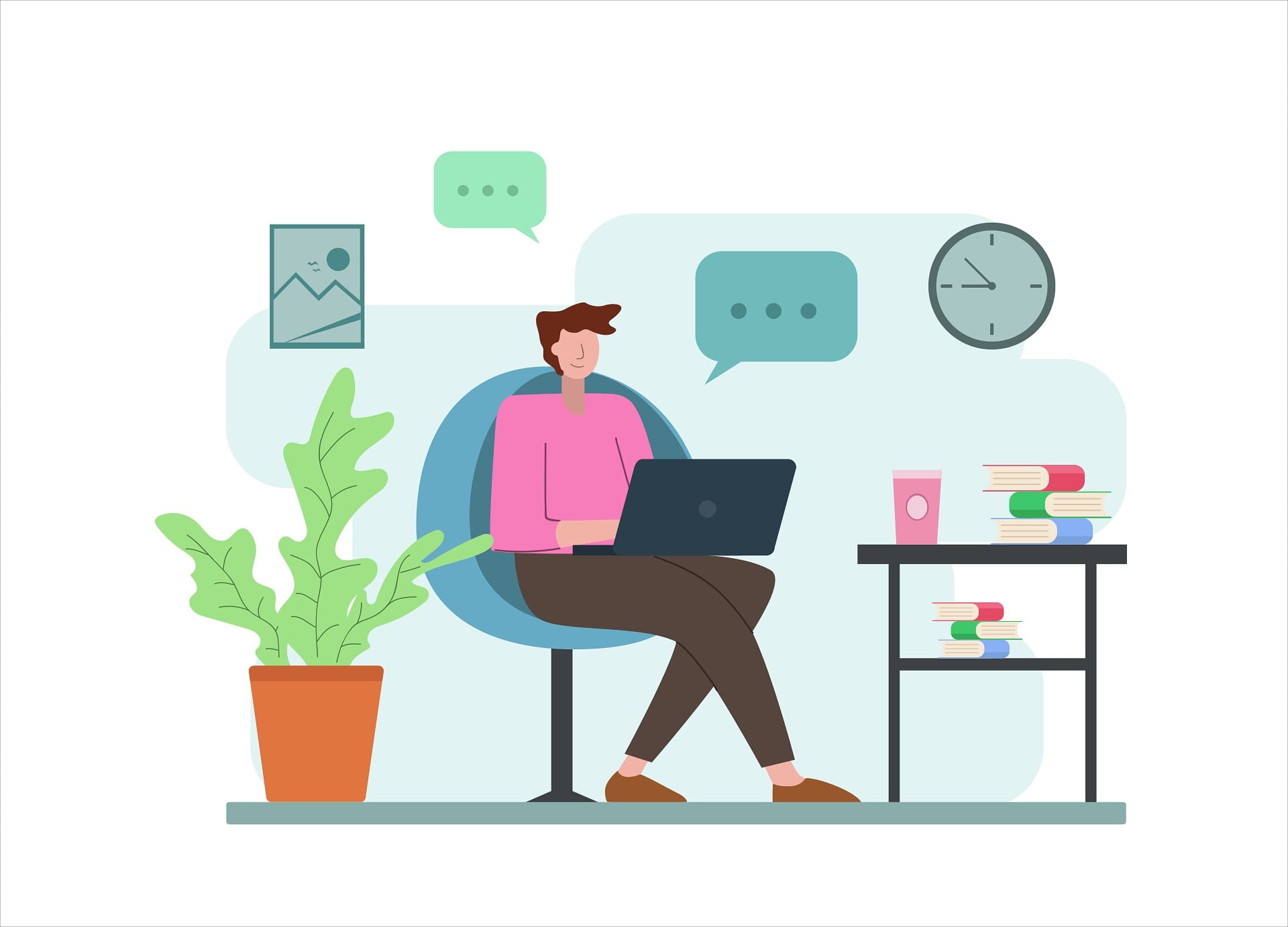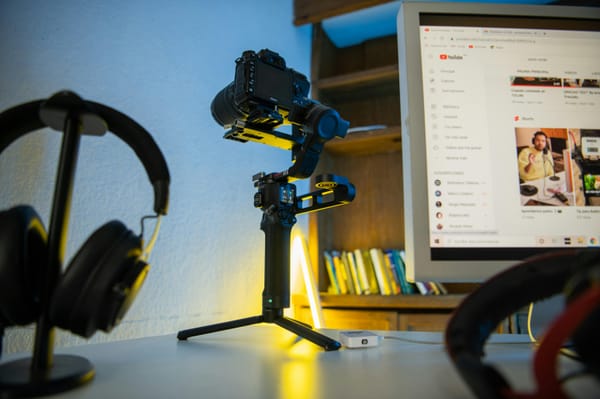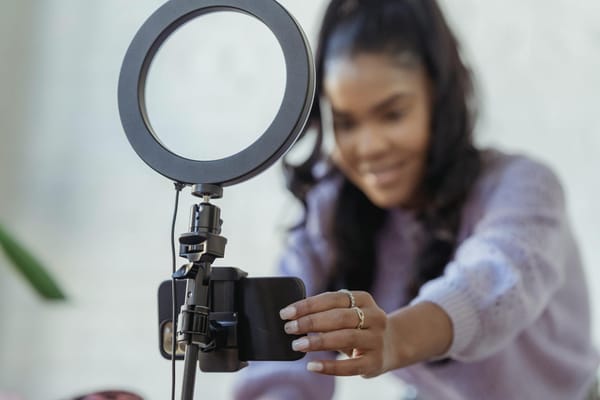Top 5 Tips to Boost Your Social Media Security
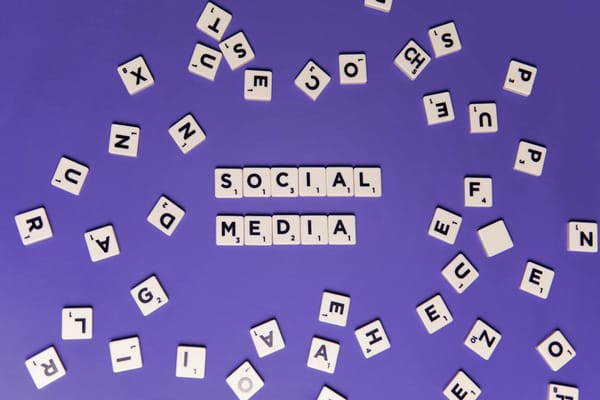
Cyberattacks on social media aren’t something that only happens to big corporations or celebrities. It happens to everyday users, creators, and marketers. And when it does, the damage is quick and costly. So, how do you secure your accounts without feeling like you’re losing control of your content?
In this article, we’re cutting straight to the point with five actionable tips to strengthen your social media security. We’ll give you actionable steps to protect your digital presence from evolving cyber threats. Here's some of what we'll explore:
● Smarter password strategies and top social media protection tips
● How to recognize and prevent falling for red flags using social media security software
● Top trends in the social media security landscape and lessons learned across the years
What is Social Media Security?
Social media security refers to the protective measures and protocols put in place to safeguard social media accounts, platforms, and the data they handle from cybersecurity threats like hacking, phishing, and impersonation. These attacks can lead to data breaches, identity theft, and loss of sensitive business information.
Why is social media security important? Social media platforms handle enormous amounts of personal data and business information that hackers and cybercriminals are eager to exploit. This can put businesses and individuals at risk of:
● Data breaches that can expose sensitive client and employee information.
● Account takeovers that lead to damaging social media posts, reputation loss, and financial harm.
● Phishing attacks that trick other users into revealing private information or financial data.
This makes social media security a critical component for anyone who want to protect their brand integrity and maintain customer trust.
Follow the five tips outlined below to strengthen your business social media account or prevent any form of cyber attack on these social networking sites.
1. Strengthen Your Login Credentials
Your password is your first line of defense, but not all passwords are created equal. For solid social media security, a strong password must be unique, long (at least 12 characters), and include a mix of letters, numbers, and symbols.
But even the best password isn’t foolproof, so we recommend following these steps to bolster your social media protection:
● Use two-factor authentication (2FA). This adds an extra layer of security by requiring something you know (password) and something you have (like a text message code). Turning on 2FA on all your social media platforms is a critical step to block unauthorized access.
● Rotate your passwords regularly. Updating your password every 90 days minimizes the chance of a data breach or someone gaining long-term access.
● Use a password manager. Tools like LastPass or 1Password make managing complex, unique passwords for each of your social media accounts simpler and more secure than writing them down on paper. Plus, it's better than reusing the same password across platforms, which can be disastrous if one account is compromised.
2. Be Vigilant Against Phishing Attacks on Social Media Platforms
Phishing remains one of the most common tactics cybercriminals use to trick users into sharing their login credentials or personal information. These attacks can come through email, social media messaging apps, or even fake online accounts posing as legitimate businesses.
● Recognize the signs. Watch out for unexpected messages asking you to “confirm your login details” or “click a link to secure your account.” Always verify the sender’s identity before clicking on links or providing sensitive information.
● Invest in phishing protection tools. Most social media sites have security measures to filter out phishing messages. You should also use special creator security tools to block malicious links before they reach you
Pro Tip: Double-check URLs before clicking. Scammers often use similar-looking domain names (e.g., “Faceboook” instead of “Facebook”) to trick users into thinking they’re on a legitimate business site.
3. Monitor and Limit Access Permissions for Each Social Media Platform
Who has access to your social media channels? Too many people with publishing privileges can increase the risk of a security breach, whether through human error or malicious intent.
● Audit account access regularly. Make it a habit to review who has admin or publishing access to your social media accounts. Revoke account access for former employees or third-party apps you no longer use.
● Limit permissions. Not everyone needs full access. For example, if you’re working with a social media management platform, make sure that contractors or external teams only have access to what’s necessary. This reduces the risk of data breaches or unauthorized changes to your social media channels.
Even if you're running solo, consider using a social media management platform that allows you to control access levels, giving contractors only what they need.
Generallly, if there's no need to gain access or full control over your accounts to perform a function, such as scheduling social media posts, then don't give that permission away.
4. Invest in Social Media Security Tools
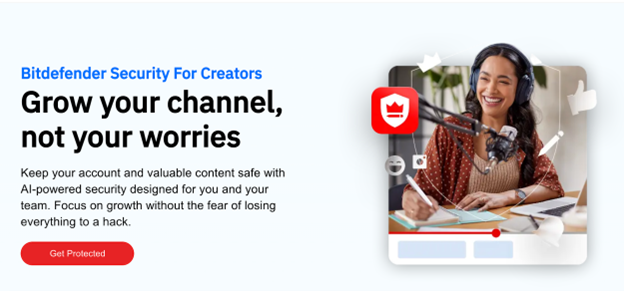
While general cybersecurity measures are essential, securing your social media platforms also implies using dedicated tools that can tackle the unique threats faced by content creators, influencers, and businesses.
Did you know that Bitdefender Security for Creators is one such solution? Built specifically to safeguard your social media accounts from targeted attacks, here’s why you should consider it:
● It monitors your social media accounts for suspicious activities, such as unauthorized login attempts, changes to profile details, or mass deletion of posts.
● It automatically flags suspicious emails or messages, so you don’t have to verify their authenticity manually.
● It ensures your logins, passwords, and sensitive data are safe from malware attacks or keyloggers designed to steal information.
● In the unfortunate event of a data breach, it helps you quickly regain access to your account, providing a step-by-step guide for recovery.
Try Bitdefender Security for Creators today. Don't love it? We've got a 30-day money-back guarantee!
5. Keep Your Software and Devices Updated
Outdated software can be a playground for hackers, providing security vulnerabilities that they exploit. Ensuring that all your devices and apps — from social media platforms to mobile devices — are updated is critical to maintaining social media protection. Here's how to do it:
● Enable automatic updates. This protects your system with the latest security patches and bug fixes. Many social media apps release regular updates to close security loopholes.
● Use trusted antivirus software. A strong antivirus program will scan and protect your devices from malware attacks targeting social media platforms.
Keeping both your personal and business accounts secure will protect your brand reputation and sensitive data so that your social media presence continues to thrive.
Protecting your social media accounts requires a multi-layered approach that includes mobile device protection & Wi-Fi security. By securing your mobile devices with reliable security software and VPN, you safeguard against malware and unauthorized access that could compromise your social media profiles.
Taking your social media responsibility seriously is how you risk falling prey to common cyber threats like phishing, social engineering attacks, and malware.
Understanding the Social Media Cyber Security Landscape
As social media continues to dominate the digital landscape, it has become a prime target for cyberattacks. With 4.9 billion people (around 67% of the total global population) actively using social media channels globally, the potential for security threats has skyrocketed.
Hackers know that social media accounts are treasure troves of personal and business data, making them valuable targets for cybercriminals.
Key Social Media Threats to Be Aware Of
Prevention starts with social media security awareness, so let's review some of the most popular threats to know in 2025 and beyond.
1. Phishing attacks
Phishing remains one of the top threats to social accounts. Hackers trick users into clicking on malicious links or sharing personal details by posing as trusted sources. A report by the Anti-Phishing Working Group highlighted that 2023 was the worst year on record for phishing attacks, which target emails and social media channels like Instagram, X, TikTok, LinkedIn, Facebook, and more.
Account takeovers happen when cybercriminals access someone’s social media account. They can manipulate the account, post fraudulent content, or steal sensitive data. Unfortunately, no one is immune to cyber attacks, regardless of the social media platform. In 2020, hackers compromised 130 high-profile Twitter accounts, including those of Barack Obama and Elon Musk, using them for a money scam.
2. Malware & ransomware
Cybercriminals often use social media platforms to distribute malware or ransomware by embedding harmful links in comments, posts, or direct messages. These attacks can lead to credentials, data breaches, and even financial loss once users downloading malware on their computer.
3. Fake accounts and impersonation
Fake profiles or impersonation accounts are rampant on social media sites. Scammers set up fake business profiles to mimic legitimate companies or individuals, tricking people into sharing confidential information.
4. Scams and Fake Offers
Recognizing scams on social media is essential for safeguarding your personal information and digital well-being. Be cautious of fake giveaways that promise extravagant prizes in exchange for likes, shares, or personal details—legitimate promotions will never ask for sensitive information upfront.
Beware of fake partnership offers from accounts pretending to represent reputable brands; these often aim to collect your data or money under false pretenses. Financial requests from unfamiliar individuals or even hacked accounts of friends should raise immediate concern. Stay alert for job offer red flags, such as unsolicited opportunities that seem too good to be true or require upfront fees.
By staying vigilant about these common tactics, you can better protect yourself from the myriad of scams circulating on social media platforms.
Current Trends in Social Media Cyber Security
● With the growing number of attacks, both social media platforms and users are becoming more aware of social media security risks and investing more in social media training. This shift has also resulted in increased social media security protocols, such as the adoption of two-factor authentication (2FA).
● AI-driven tools are playing a growing role in detecting and responding to security threats on social media. In fact, free tools like Scamio can help you sift through malicious links, potential social media threats, and more by simply pasting the potentially dangerous message in the system. Using AI, this early warning system will help you identify the next online scam.
● Governments and regulatory bodies are stepping in to enforce stricter controls and new social media policy for large players. This includes GDPR-like policies, which require platforms to ensure the privacy and security of user data, and FTC regulations penalizing social media companies that fail to protect their users from data breaches.
Top (In)famous Social Media Security Incidents
Over the years, several high-profile social media security breaches have demonstrated just how vulnerable online platforms can be to cyber-attacks. Here are five of the most significant incidents that shook the digital landscape and highlighted the need for improved social media security:
The Twitter Hack (2020)

In July 2020, several high-profile Twitter accounts were hacked in a massive social engineering attack targeting employees with access to internal systems.
Accounts belonging to figures like Barack Obama, Elon Musk, and Bill Gates were compromised, and hackers used them to promote a cryptocurrency scam. This breach revealed vulnerabilities in Twitter’s internal access controls and highlighted the need for better protection against phishing.
Approximately $100,000 was stolen in Bitcoin, and Twitter faced significant reputational damage due to the perceived laxity of its security measures.
The Facebook-Cambridge Analytica Scandal (2018)

This infamous breach involved Facebook and political consulting firm Cambridge Analytica. Data from 87 million targeted users from Facebook was harvested without their consent, violating data privacy laws. The personal information was then used for political advertising, raising concerns over how social media platforms handle sensitive data.
Facebook was fined $5 billion by the FTC and faced intense public scrutiny from all mainstream news outlets and internet users, forcing it to improve its data privacy policies to avoid similar events and end negative conversations.
The LinkedIn Data Breach (2021)

In June 2021, LinkedIn suffered a breach that exposed the personal information of 700 million users, including names, email addresses, phone numbers, and geolocation data.
While LinkedIn claimed this wasn’t a hack of its systems and no data was posted for sale, the incident still underlined how vulnerable social networking sites are to data scraping and abuse of publicly available information.
This incident affected 93% of LinkedIn’s user base, putting millions at risk of identity theft and targeted phishing campaigns.
The Instagram Data Leak (2023)

In 2023, Instagram experienced a significant data leak. Due to a third-party company's unsecured database, the personal details of over 49 million influencers and high-profile users were exposed.
This included contact information, private messages, and data regarding follower engagement. Influencers and public figures were vulnerable to targeted scams, and Instagram faced backlash for inadequate security measures surrounding its data-sharing practices with third parties.
It's Time to Take Charge of Your Social Media Accounts Protection
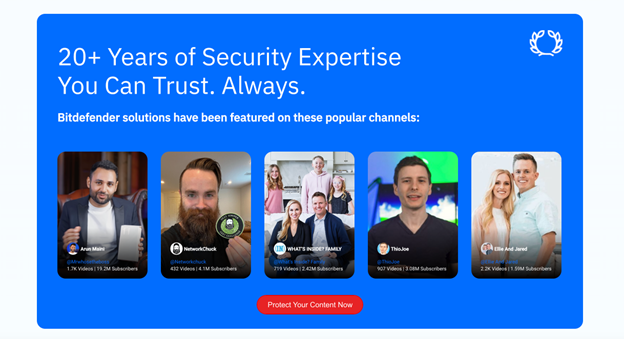
We get it; managing your business and personal accounts is already challenging, and the last thing you want to add to your plate is accounting for social media cybersecurity concerns.
Still, the right social media security measures are just as important as your content and marketing strategy. But that doesn't mean they deserve the same level of input from you. So, while you do what you do best – manage your social channels – let us do our part.
Use social media responsibly by investing in a threat detection and protection tool. Bitdefender Security for Creators provides 24/7 protection tailored for social media accounts, flagging phishing attacks, monitoring account changes, and offering recovery assistance when things go wrong.
Let Bitdefender watch your back so you can focus on what matters: increase brand awareness, boost engagement, and grow your business. Explore Bitdefender for Creators now.
tags
Author

The meaning of Bitdefender’s mascot, the Dacian Draco, a symbol that depicts a mythical animal with a wolf’s head and a dragon’s body, is “to watch” and to “guard with a sharp eye.”
View all postsRight now Top posts
How to Protect Your WhatsApp from Hackers and Scammers – 8 Key Settings and Best Practices
April 03, 2025
Outpacing Cyberthreats: Bitdefender Together with Scuderia Ferrari HP in 2025
March 12, 2025
Streamjacking Scams On YouTube Leverage CS2 Pro Player Championships to Defraud Gamers
February 20, 2025
How to Identify and Protect Yourself from Gaming Laptop Scams
February 11, 2025
FOLLOW US ON SOCIAL MEDIA
You might also like
Bookmarks


